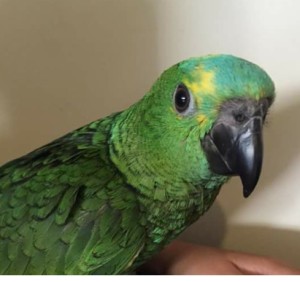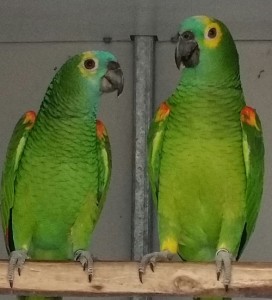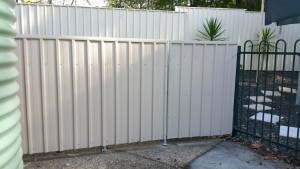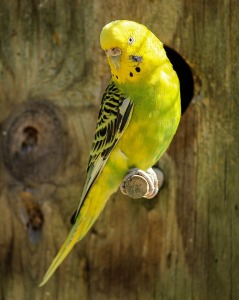This article on psittacosis was written by a friend and customer of ours to show the potentially devastating consequences of buying second hand aviaries or cages. Psittacosis is an avian disease that can be passed on to humans from carrier birds, especially parrots.
We thank the writer of this article for the permission to publish it on this site.
I’m writing this in anger, disappointment and frustration, AND HOPEFULLY, to help a few, fellow bird breeders, that honestly care about what they are selling. Hoping that you’ll publish this in a future magazine.
Psittacosis is a “very real ” disease, that can happen to any one of us, and did, to my partner, from 2nd hand aviaries we purchased, and re- erected, at our premises.
We cleaned them, by gurney, for 2 hrs, and they sat vacant for about a week, then we proceeded to put our breeding pairs in,ready to go down for the season (JUNE), then my partner became sick. Many blood tests later, the Dr. discovered he had Psittacosis.
We found an article in a recent ‘ BURKES BACKYARD ” magazine on the topic, we’d never heard of before. Apparently 160 people, a year become infected by this disease and that’s just the ones who seek medical help, and are diagnosed . There must be quite a few of you out there, that have had flu – like symptoms, and never worrried too much. ( My partner was very sick for 3 weeks , before he sought medical help) I seriously suggest, for those of you who don’t understand the implications of it, on yourself, or your birds, to Google it, not to scare yourself, but to get a better understanding of it.
Some of you will recognise who we are by now , and that’s because we have been “open and honest”.
Not long after my partner became sick, we noticed one of our newly purchased birds was off- colour,…. long story short, he to had psittacosis, and has cost us approx $700, much heart-ache, cleaning, treatment ( for ALL our birds ), and a VERY HUGE learning curve. I quess a lot of you would say, “why bother “, just “write it off “. We have a passion for our birds and are only in our 2nd year of aviary breeding, (we’ve had house birds for many years ) It’s not about the $,s, it’s about enjoying the species, and keeping the Australian Natives alive and well. Continue reading “Psittacosis – The Facts”












